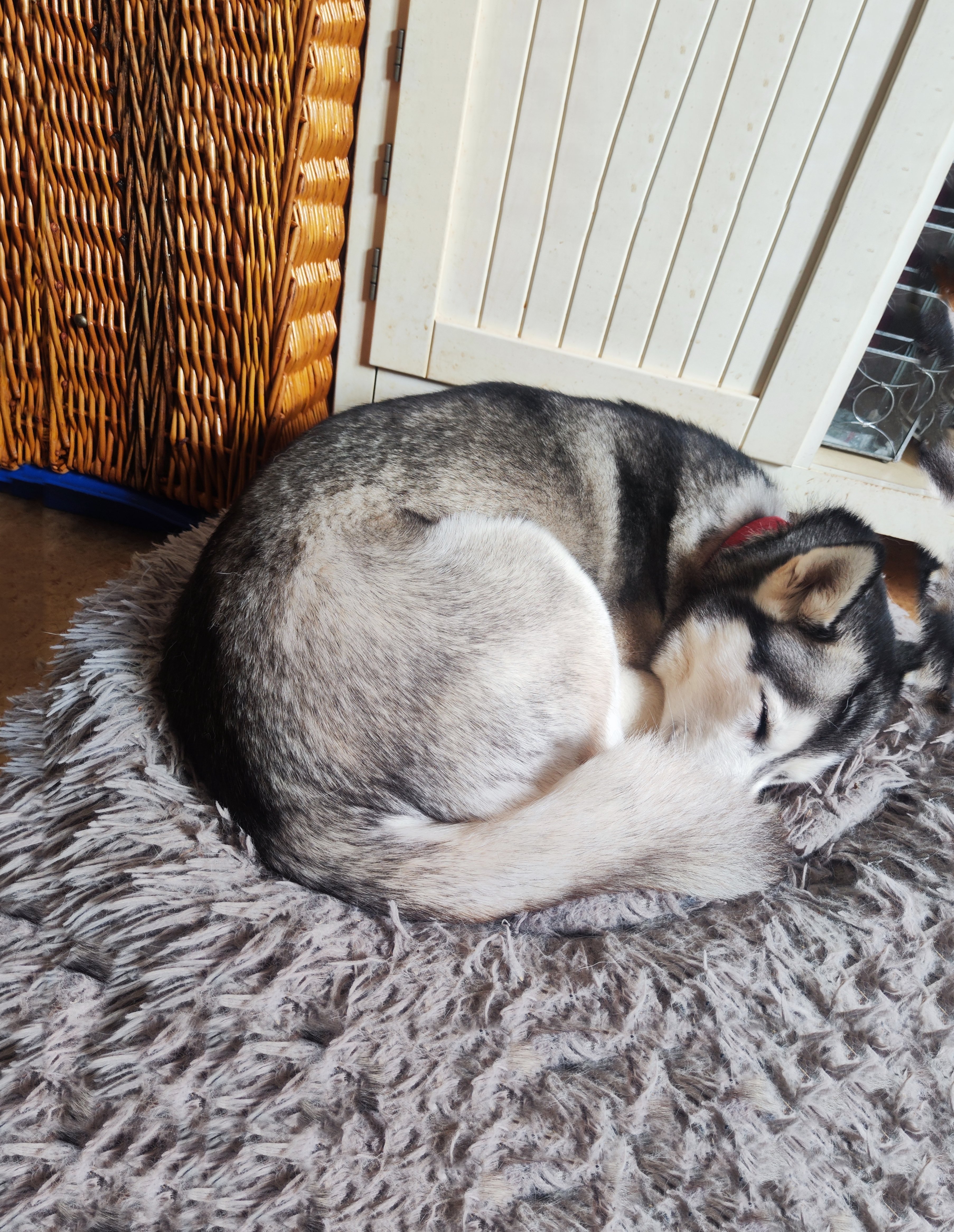Honestly, I don’t see much worth combining full and part time without showing the proportions and how many hours constitutes a full time job.
Yeah, it’s a pretty bad chart because all it actually does is show indirectly the proportion of full time and part time workers. All the chart tells me is that Netherlands has a lot of part time work opportunities and that the full time work week in Turkey isn’t 40 hours.
I was really wondering about the Netherlands, because from what I’ve heard, they actually work a lot. It’s one of the things preventing me from going back to the Netherlands, even though I’m fed up with Germany.
34 hours in Germany are probably just because the statistics does not only evaluate full time employment.
Uhm, yes, it’s the average number of hours worked. Not “what is a fulltime workweek”.
What is full time anyway? Nobody in our company works more than 35 hours. I work 32. Does that mean I work part time?
Generally full time is still understood as 40 hours per week or close to it.
Or what may be considered as full time according to the collective agreement, e.g. 35 h per week in metal and electro industry in Germany.
Including Turkey in Europe? Not including UK? Kinda weird…
Maybe the UK refused to cooperate with the Eurostat?
For economic purposes Turkey should pretty much be considered part of Europe because they are a member of the European Union Customs Union.
I wonder how this was made, Finnish work week is 37.5h/w (or more in some cases) do they account for vacation time or coffee breaks?
I guess they blindly take part time employment into account, but I like the idea with coffee breaks, fika or its Finish equivalent.
Yeah, it’s stated in the small print at the bottom
Thank you. Wer lesen kann ist klar im Vorteil.
Its 42 hours in switzerland. Map has an error.
Includes full and part time work
average weekly hours worked in main job
those two statements dont match
I don’t see how they don’t match. Do you assume a main job cannot be part time? Or am I missing something else?
deleted by creator
I see it specifies “main job”… These are all way too many hours if I have to work a second job
Edit: This diagram should certainly show the numbers of hours worked per population number. That would clearly reveal more interesting data.
Ich denke mir immer bei diesen Diagrammen, es sollte die wöchentliche Arbeitszeit pro Einwohner geschrieben stehen. Das wäre viel nützlicher.
Removed by mod
Removed by mod
Removed by mod
With some exceptions, you can see the blocks of predominantly Romance, Germanic and Balto-Slavic speaking countries grouping together in the same color.
I think this chart shows how relevant these basically bronze or iron age cultural categories remain in certain spheres of our lives - attitudes towards work, for example.
Plenty of other things play a role. For example, employment of parents It’s very common here in the Netherlands for both parents to work part time. It’s very common in other countries to have one parent working full-time and the other not at all.
The end result is basically the same, but they show up very differently in this chart.
There are so many things influencing this that, I doubt bronze age cultural groupings are the most important, if the have any influence at all.
Yeah, for sure a lot of factors go into this. And the pattern definitely doesn’t hold everywhere. But the similarity looks pretty noticeable to me.
Similarity doesn’t equal causality. Most likely it’s mere coincidence.
That big white void where the UK should be is an insult to cartography.
It’s the same type of void as any other country with no data on the map.
Welcome to the Brexit era.
But they don’t have the data? Sure maybe another colour could’ve been used instead, but there’s no real reason why white would be wrong.
I’m not blaming anyone outside the UK for it.
Dissemination of European statistics after Brexit
This means that until agreement on statistical cooperation is established, Eurostat is no longer disseminating new data for the UK, neither through its database nor in other dissemination products.
Brexit was “good” for European democracy, because it proofed federality, but those experiments are costly to both parties (EU27 + UK) and dangerous to European peace in the long term. Brexit also might set precedents for unfair double standards in diplomacy and cooperation, IMO.









